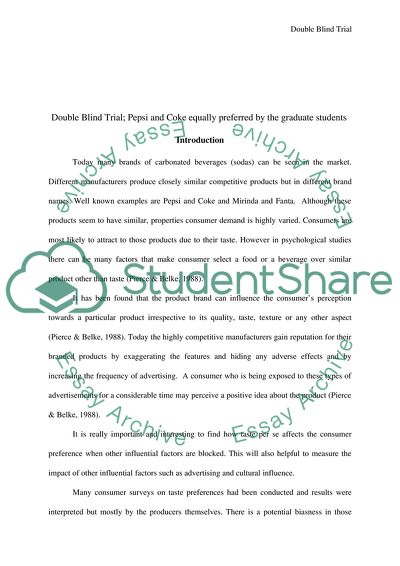Cite this document
(Soda Lab Taste Preference Lab (Statistics) Report, n.d.)
Soda Lab Taste Preference Lab (Statistics) Report. https://studentshare.org/social-science/1716867-soda-lab-taste-preference-lab-statistics
Soda Lab Taste Preference Lab (Statistics) Report. https://studentshare.org/social-science/1716867-soda-lab-taste-preference-lab-statistics
(Soda Lab Taste Preference Lab (Statistics) Report)
Soda Lab Taste Preference Lab (Statistics) Report. https://studentshare.org/social-science/1716867-soda-lab-taste-preference-lab-statistics.
Soda Lab Taste Preference Lab (Statistics) Report. https://studentshare.org/social-science/1716867-soda-lab-taste-preference-lab-statistics.
“Soda Lab Taste Preference Lab (Statistics) Report”. https://studentshare.org/social-science/1716867-soda-lab-taste-preference-lab-statistics.


